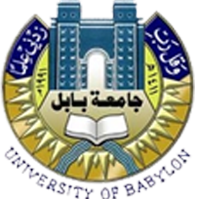Back-translation (BT) has become one of the de facto components in unsupervised neural machine translation (UNMT), and it explicitly makes UNMT have translation ability. However, all the pseudo bi-texts generated by BT are treated equally as clean da
ta during optimization without considering the quality diversity, leading to slow convergence and limited translation performance. To address this problem, we propose a curriculum learning method to gradually utilize pseudo bi-texts based on their quality from multiple granularities. Specifically, we first apply crosslingual word embedding to calculate the potential translation difficulty (quality) for the monolingual sentences. Then, the sentences are fed into UNMT from easy to hard batch by batch. Furthermore, considering the quality of sentences/tokens in a particular batch are also diverse, we further adopt the model itself to calculate the fine-grained quality scores, which are served as learning factors to balance the contributions of different parts when computing loss and encourage the UNMT model to focus on pseudo data with higher quality. Experimental results on WMT 14 En-Fr, WMT 14 En-De, WMT 16 En-Ro, and LDC En-Zh translation tasks demonstrate that the proposed method achieves consistent improvements with faster convergence speed.
Successful methods for unsupervised neural machine translation (UNMT) employ cross-lingual pretraining via self-supervision, often in the form of a masked language modeling or a sequence generation task, which requires the model to align the lexical-
and high-level representations of the two languages. While cross-lingual pretraining works for similar languages with abundant corpora, it performs poorly in low-resource and distant languages. Previous research has shown that this is because the representations are not sufficiently aligned. In this paper, we enhance the bilingual masked language model pretraining with lexical-level information by using type-level cross-lingual subword embeddings. Empirical results demonstrate improved performance both on UNMT (up to 4.5 BLEU) and bilingual lexicon induction using our method compared to a UNMT baseline.


